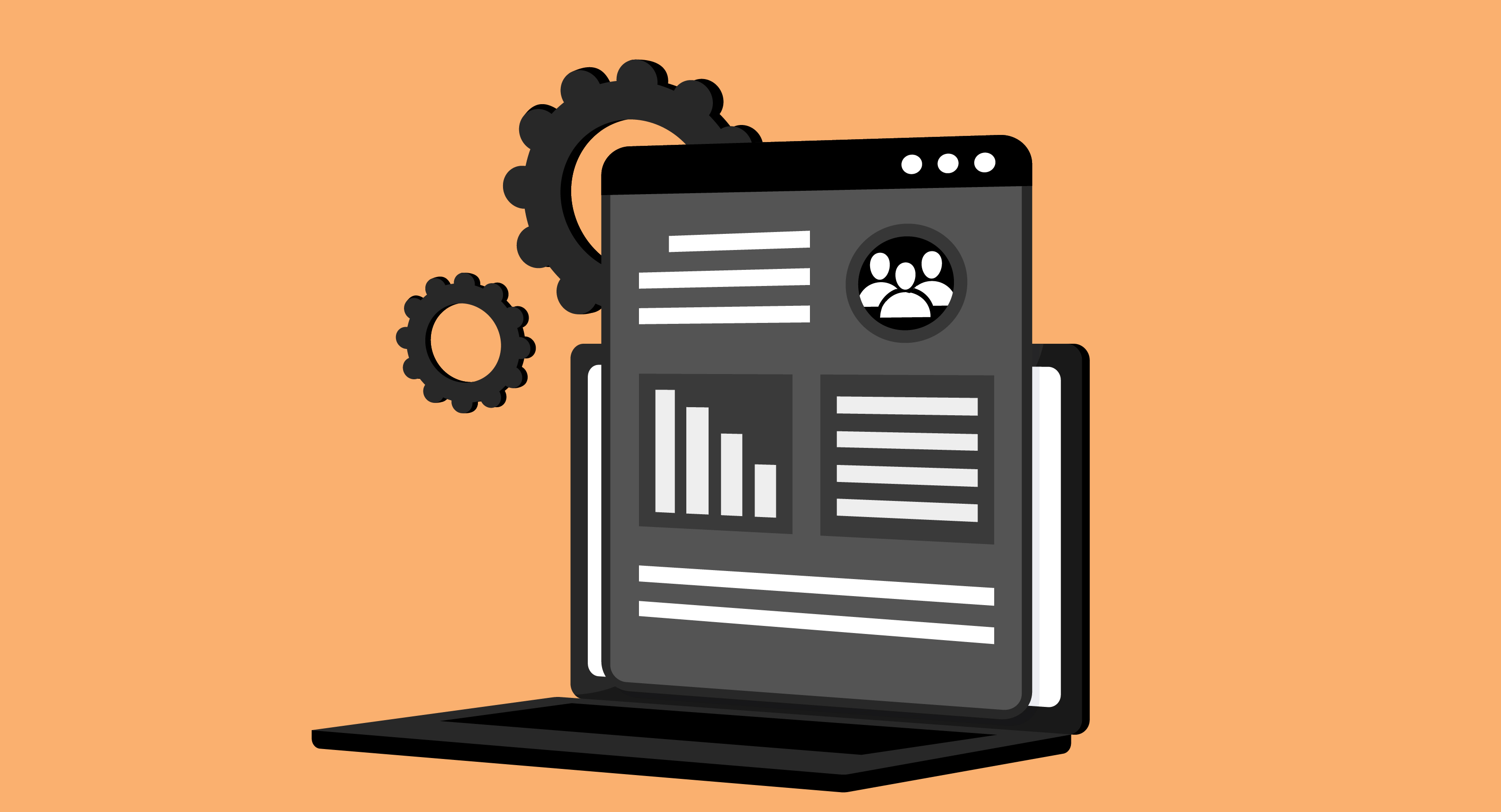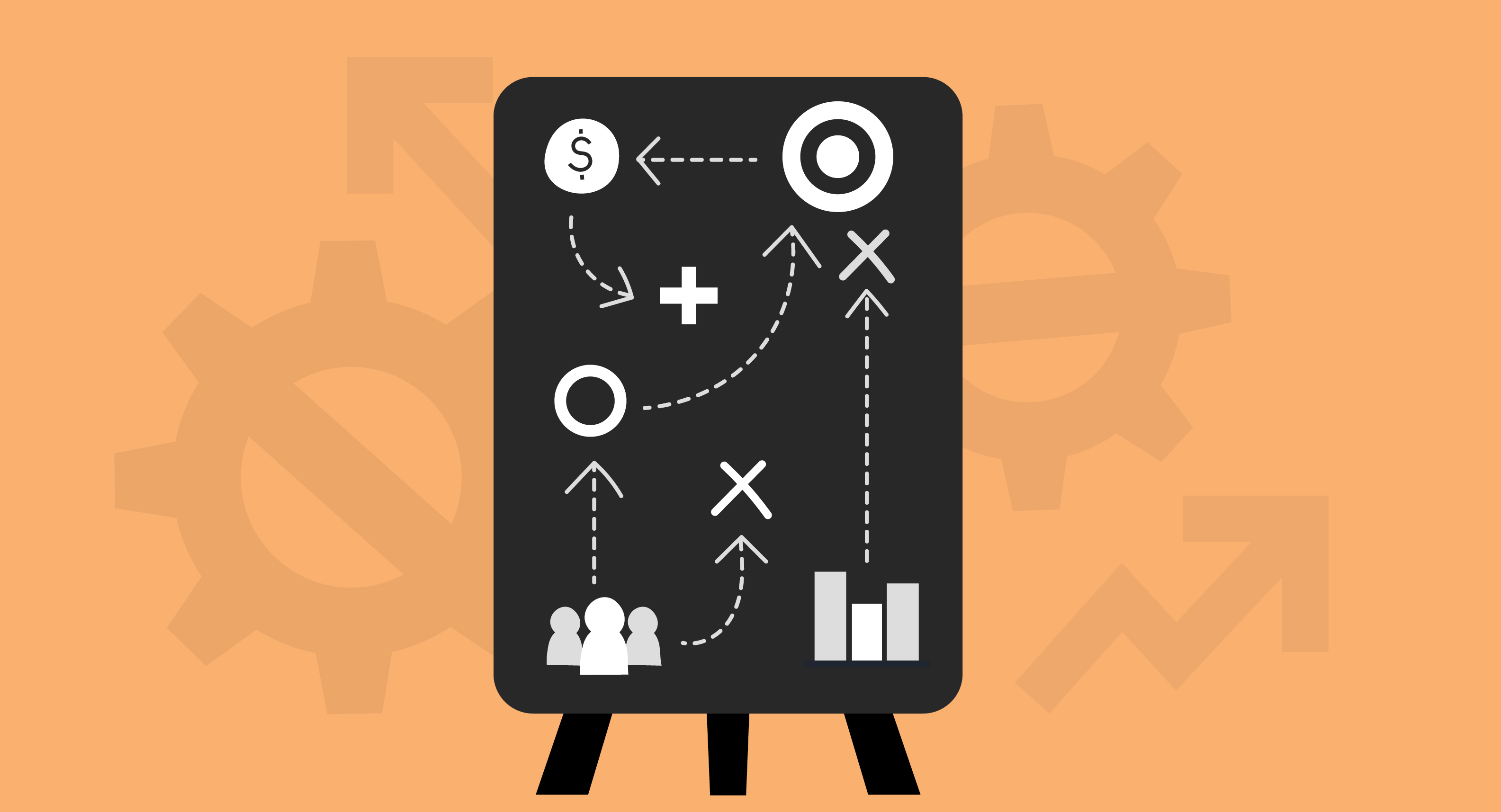Managing projects was once a major burden for teams. Desks were cluttered with scattered charts and graphs, and employees often worked overtime just to prepare a single report. At the same time, team leads were under immense pressure to assign tasks and ensure deadlines were met. Project management software changed this process, eliminating much of the manual effort.
Project management tools have lifted the burden off the shoulders of both growing businesses and well-established companies. In this blog, we’ll take a closer look at how project management tools work. We’ll also explore the wide range of benefits it offers, the different types available, and, most importantly, why choosing the right tool for your workflow can have such a powerful impact on your team’s success.
What is Project Management Software?
Project management software purpose is to simplify the management of projects across organizations of all sizes. Consider a scenario such as preparing for an annual product launch. Multiple teams, like designers and marketers, need to work together. And Without clear coordination, deadlines clash, and communication breaks down. But with proper project management tools and processes in place, everyone stays aligned.
With the help of a project management tool, the entire plan is organized into one structured system. These tools organize your data and set everything up within a system, and maintain it through workflow automation.
Significance of Project Management Software

The benefits of project management software go far beyond being just an extra tool; it’s a must-have. Approximately 65% of companies now utilize some form of project management software, with the number even higher in larger organizations.
Why It’s Essential
-
Better teamwork and productivity: Teams using PMS report major improvements in communication. In one survey, approximately 52% of people reported that their team communication improved after adopting a tool. Many workers believe they’d save more than 5 hours per week
-
Deadlines and budgets under control: Teams using project management tools are 2.5 times more likely to succeed in their projects. In fact, companies with PM software deliver projects on time, compared to those without it.
Benefits of Project Management Software
The benefits of project management (PM) software are available for many industries, including IT, finance, construction, and manufacturing, which rely heavily on these tools because they often juggle complex projects with numerous moving parts.
Types of Project Management Software
There are different types of project management software, grouped by access and hosting. Some teams utilize web-based software for project management, while others prefer desktop software for project management. Some modern project management software is cloud-based, with certain solutions using managed cloud hosting, whereas on-premises tools provide greater control.
By Access Method
|
Features |
Web-Based |
Desktop Application |
|---|---|---|
|
Access |
Runs in a browser |
Installed on your computer |
|
Popular Products |
Trello, Asana, ClickUp |
Microsoft Project, Primavera |
|
Pros |
|
|
|
Cons |
|
|
By Hosting Model
|
Features |
Cloud-based |
On-Premises |
|---|---|---|
|
Hosting |
Data stored on the provider’s servers |
Data stored on the company’s own servers |
|
Examples |
Monday.com, Jira, Wrike |
Enterprise MS Project, Oracle Primavera |
|
Pros |
|
|
|
Cons |
|
|
Project Management Methodologies and Frameworks

Understanding project management methodologies and frameworks helps you decide which software project management framework best supports your team.
What Is Project Management Methodology?
A project management methodology is like the big strategy behind running a project. It gives you the rules and steps to follow from start to finish.
Popular Methodologies
Waterfall: Do one thing at a time from start to finish, like following a recipe step by step. For instance, in Microsoft Project, you plan the entire project first, then move through each stage sequentially.
Agile: Build small parts, test them, get feedback, and keep improving as you go. For example, Jira PM software works in sprints, allowing for quick testing of features and adjustments based on feedback.
Lean: Cut out anything unnecessary, make work faster, and focus on what really matters.Trello is an amazing example of this method as it helps visualize tasks, remove bottlenecks, and focus only on valuable work.
Six Sigma: Use facts and numbers to spot problems and fix them for better quality. likeMinitab analyzes data to identify errors and improve processes.
PRINCE2: Follow clear steps and rules for every stage to keep the project on track. Wrike is the best tool that structures projects with defined stages, roles, and reporting.
What Is a Framework?
A framework is more practical; it’s the toolkit or method you use to apply a methodology. It gives you the structure to actually put the methodology into action.
Popular Frameworks
Scrum: Work is divided into short, fixed periods called sprints (usually 1–4 weeks). The team focuses on completing a set of tasks within each sprint.
Kanban: Kanban is a method for managing work using a visual board. Tasks are organized into columns, such as To-Do, In Progress, and Done, so everyone can see what’s being worked on and what’s been completed.
Advantages and Disadvantages of Project Management Software
Here are the advantages and disadvantages of project management software you should know before investing.
Advantages
-
Easier team collaboration and communication
-
Helps plan and track tasks better
-
Keeps everyone accountable and on the same page
-
Makes the most of resources and can save money
-
Gives valuable insights from data
Disadvantages
-
Paid versions can be expensive.
-
It can take time to learn more complex tools
-
Might be tricky to integrate with other systems
-
Works only if the whole team actually uses it
How to Select the Right Project Management Software

When it comes to choosing the right software for project management, there are several key factors to consider. A key decision is whether to opt for paid or free project management tools, as each has its own advantages. Consider these points to gain a clearer understanding of what will work best for your team.
Know Your Needs
Some teams may prefer different types of software for project management. A small team may only need basic features, while larger teams require advanced tools.
Set a Budget
Decide whether you want a free tool or are ready to pay for a premium one. Comparing project management software and understanding pricing will help you narrow down the best option.
Check Key Features
The best pm tool features include task tracking, reporting, and smooth integrations with other apps you use. These features help keep project collaboration smoother.
Easy to Use
Select a tool that your team can easily pick up without requiring extensive training. If the software feels too complicated, your team may avoid using it, which defeats the purpose.
Future Growth
Think long term. As your team and projects grow, the software should be able to scale with you. A tool that works today but can’t handle bigger needs later will only cause problems.
Security
Check how the software protects your data. Look for features like secure logins, compliance with data standards, and integration with the best AI security tools, especially if you’re handling sensitive information.
FAQs
What Are The Most Popular Project Management Software?
Some of the most widely used project management tools include Trello, Asana, Jira, Monday.com, and Microsoft Project.
Is Agile A Project Management Tool?
No, Agile is not a tool; it’s a project management methodology. It focuses on sprints and continuous feedback. Tools like Jira or Trello are often used to implement Agile practices.
How Does Invoicing Software Improve Project Portfolio Management?
Yes, invoicing software can improve project management. It keeps track of money going in and out, so you know what’s paid and what’s left.Using the right project planning software can have a huge impact on your overall success, from basic project planning tools to advanced project management apps. Whether you’re just starting or scaling to a larger operation, project management software can be essential at any stage.
Alongside PM tools, HRM software can help you manage your team, track performance, and streamline HR tasks efficiently. It’s important to understand the different types of PM and HRM tools available, including the differences between paid vs free HRM software, so you can choose the solutions that best fit your needs. For more information on Project management software, stay tuned to Virtual Codes Vault.

